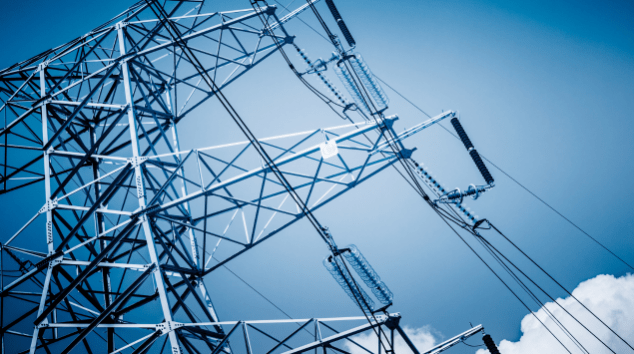Britons have been cautioned about potential winter energy supply pressures, despite encouraging forecasts showing the highest power margins in six years.
As the colder months loom, the National Energy System Operator (Neso) has sounded a measured alert: although the UK’s electricity supply is expected to remain sufficient overall, there may still be short periods where demand could outstrip supply.
Brits issued winter energy supply warning
These so-called “tight days” may require strategic interventions to keep the lights on. “We expect a sufficient operational surplus throughout winter, although there may still be tight days that require us to use our standard operating tools, including system notices,” Neso Winter Outlook Report
To bridge potential shortfalls, Neso said electricity imported from Europe would be made available “when required.” The UK’s interconnectors, which link its energy grid to neighbouring European countries, will play a crucial role in maintaining supply during spikes in demand.
Europe on Standby to Power the UK
This contingency comes after energy reports from Neso and National Gas revealed that, although supply margins have improved, the winter season may still test the resilience of Britain’s grid.
With cold snaps expected in early December and mid-January, Brits are being urged to stay energy-aware. Although supply looks strong, temporary spikes could trigger grid alerts and increased import reliance.
Electricity Margins Strong But Not Foolproof
According to Neso, electricity margins have risen to their strongest levels since 2020. These margins represent the buffer between electricity supply and demand. But officials stressed that the power grid must remain agile to respond to any tight squeezes.
“A resilient and reliable energy supply is fundamental to our way of life. It is critical that we continue our work with the wider energy industry to prepare for the coming months to build on this foundation and maintain our world-leading track record of reliability,” said Deborah Petterson, Neso’s Director of Resilience and Emergency Management.
System notices, essentially public alerts to energy producers that supply isn’t meeting demand, could be issued during these shortfall periods to ramp up generation.
Gas Reserves Under Pressure as Storage Capacity Falls
Meanwhile, National Gas offered a similar outlook on the gas front. While the UK has the capacity to meet peak demand, a worrying reduction in domestic storage has left the country more dependent on imported liquefied natural gas (LNG).
This issue stems largely from the decline of the Rough gas storage site off the Yorkshire coast. Once Britain’s largest gas storage facility, it is no longer being filled by owner Centrica due to viability concerns, effectively halving the UK’s storage capability.
“As we head into winter, we remain confident in the resilience of our gas system and our ability to meet Britain’s energy needs during periods of peak demand,” Glenn Bryn-Jacobsen, Director of Energy Systems and Resilience at National Gas.
Though demand is expected to be 3% lower than last winter, reliance on imports from global LNG markets increases the risk of supply bottlenecks if geopolitical tensions or market volatility come into play.
Why This Winter Matters More Than Ever
- Electricity import agreements with Europe will be critical during “tight days.”
- Rough gas storage site’s closure increases import dependency.
- Peak demand days are expected around early December and mid-January.
- Overall system outlook is stronger than in previous years, but not without vulnerabilities.
The energy landscape in the UK continues to evolve, driven by declining North Sea production and increasing international interdependence.
While officials remain cautiously optimistic, the clear message to consumers is: be prepared. Stay energy aware. Winter may not be as comfortable as it appears on paper.






